6 questions to ask before upgrading your helmet comms
It happened countless times. Lightspeed would be exhibiting at a trade show and customers would ask us when we were going to make a Lightspeed system for helmets. Sometimes, they would even show us how they had taken apart a headset and installed the components into their personal helmet. Responding to this neglected segment of hard-working aviators, who choose to, or are required to, wear a helmet motivated us to design and build a system specifically for aviation helmets.
Working with many pilots and experts, our design team focused on the comfort and features requested most by the pilots we surveyed. In 2016 the first Zulu H-Mod systems began shipping, and about a year later we released the second product, the LSA 56, developed in conjunction with Gentex specifically for the HGU-56/P helmet. The following is a list of the top six criteria we found important, and things to look for when you are considering your next helmet communication installation.
Does the system have Active Noise Reduction (ANR)?
A breakthrough technology that is particularly helpful in reducing fatigue, noise induced hearing loss, and improving communications, ANR is a must for today’s aviators. Lightspeed has been producing ANR headset systems in aviation (piston and turbine environments) since 1996, and now a mature technology, it has proven to be a factor in safer, more comfortable flying.
Is the system purpose built for aviation helmets?
As we mentioned earlier, there is a temptation to install a “deconstructed” headset into a helmet. While inventive, this creates a series of other problems including poor fit and comfort, non-optimized ANR, and an abandonment of the manufacturer’s warranty. Both Lightspeed ANR for helmet systems were designed for this specific application. The fit and comfort were among the biggest challenges. A system inside a helmet does not rest on the head and ears the same way a headset does.
Is the installation done by a certified installer?
Getting the installation just right is a key to ensuring the system has the performance and longevity you expect. Lightspeed has hand-picked a global team of skilled technicians and helmet experts and certified them to install and service the systems we sell. You can rest assured that the job will be done well, and someone will be there to help you through any issues that occur post purchase.
Is Bluetooth integrated?
In its early days, Bluetooth may have been viewed as a frivolous feature that pilots in a busy environment would not use. Today, however, it is a vital way to receive alerts from navigation apps and provide an excellent back communication source. Having this built right into the system provides these benefits with no additional components, cables, connections, etc.
Has it been designed for a safe egress in the event of an emergency?
One of the most important features unique to the helmet application is the need for an emergency egress. Lightspeed engineers developed a beautifully integrated “quick disconnect” that will automatically break free ensuring that you and your helmet exit the aircraft with no noticeable drag from the connection to the panel.
Does the manufacturer endorse and warranty the product?
Last, but certainly not least, a deconstructed headset from any brand installed into a helmet has voided the warranty. The installer may or may not offer a supplemental warranty but recognize that if it is not backed by the manufacturer, you may have no warranty at all. The factory warranty on the Lightspeed ANR for helmet systems is 3 years.
If you can solidly answer yes to all six of these test questions, you know that you have a premium ANR system for helmets that is purpose-designed by Lightspeed for any demanding task your work requires.
Don’t fall short on what comms you rely on in your helmet. You can locate what install is best for you and one of the select authorized installers near you by clicking here.

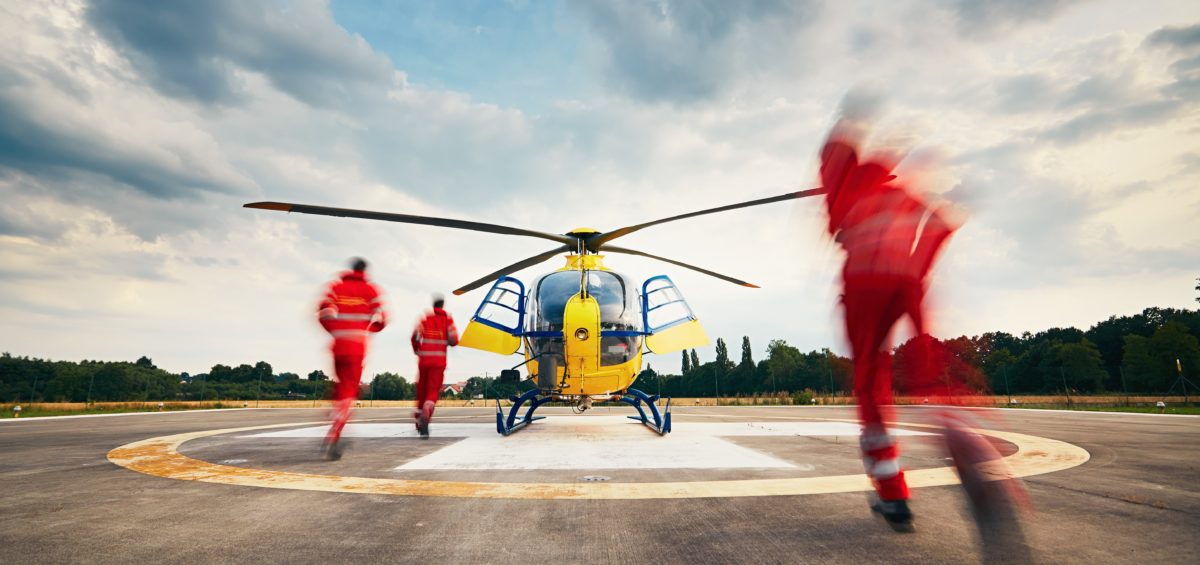
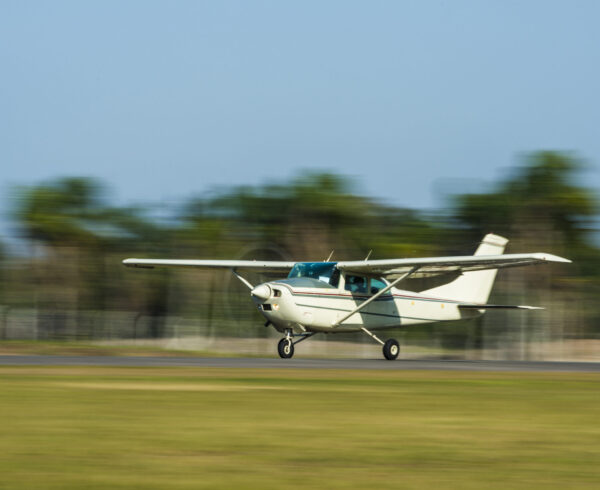
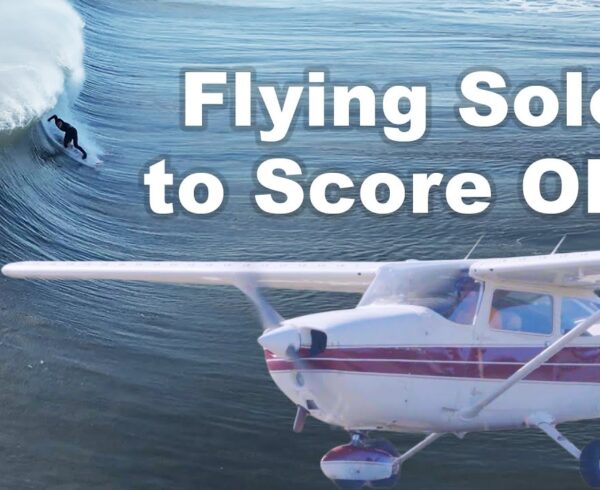
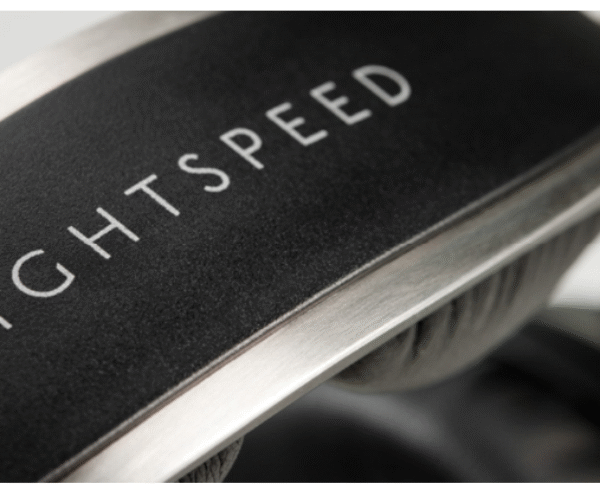
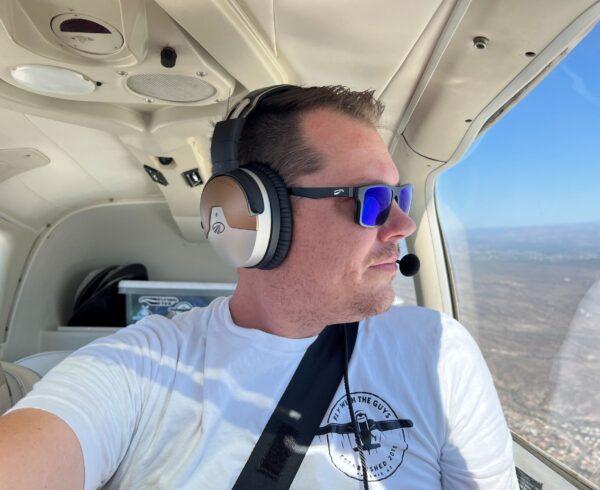
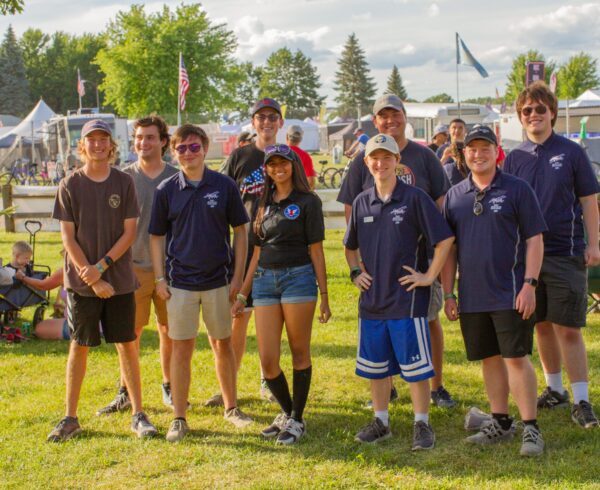







Leave a Comment